- Solar energy blog
- Top 5 innovations that could change our fate against climate disasters
Top 5 innovations that could change our fate against climate disasters


Laura Rodríguez
Business developer
Laura is a renewable and software industry sales professional, currently working at RatedPower as Sales Overlay in North America & Territory Manager Oceania. With a background in International Business and International Trade, Laura previously worked in the business strategy area in various companies as well as as a market analyst for the Government of Spain in Australia.

Content
The climate crisis is becoming more and more pressing by the day. The scale of devastation from hurricanes, wildfires, and flooding is at a level that has never been seen before.
Millions of people around the world have experienced the catastrophic impact of extreme weather events, losing their homes, their families, and their livelihoods. More than 20 million people every year are displaced by climate change.
In 2022 alone, 10 climate-related disasters each resulted in more than $3 billion in damage, including Hurricanes Ian and Fiona, in North America and the Caribbean; droughts in Europe, China, and Brazil; and Flooding in China, Australia, Pakistan, and South Africa.
Here are five recent climate disasters and some of the innovations that could help tackle them in the future.
1.Cyclones Freddy and Ellie
Record-breaking Cyclone Freddy hit Southern Africa in March 2023, killing hundreds of people and displacing thousands in Malawi and Mozambique after tearing through Madagascar and Réunion. The cyclone re-intensified after weakening a record seven times and had the highest-ever recorded accumulated energy for a single cyclone — more than an entire typical US hurricane season.
In December 2022 and into February 2023, Cyclone Ellie hit northern and western Australia with what Western Australia’s Emergency Services Minister, Stephen Dawson, said was a "once in a century" flood crisis. The flooding damaged homes, roads, and bridges, leaving communities cut off from road and air access to food and medication.
Rising global temperatures are directly linked to cyclones, as a warmer atmosphere causes heating of the oceans and evaporation, driving convection currents that become winds and eventually cyclones. The atmosphere can also hold more moisture, increasing the amount of rainfall during storms. And higher ocean levels cause more damage during storm surges.
What is being done to combat cyclones?
Norwegian scientists at OceanTherm are developing perforated underwater pipes that create a "bubble curtain" to reduce ocean temperatures. When bubbles rise from the pipes, they carry cold deep-sea water to cool the warm ocean surface. Norway has used the technology for decades to prevent ice from building up in fjords as ocean surfaces drop well below freezing during the winter and now it is being hoped that they can have a mitigatory effect on cyclones too.
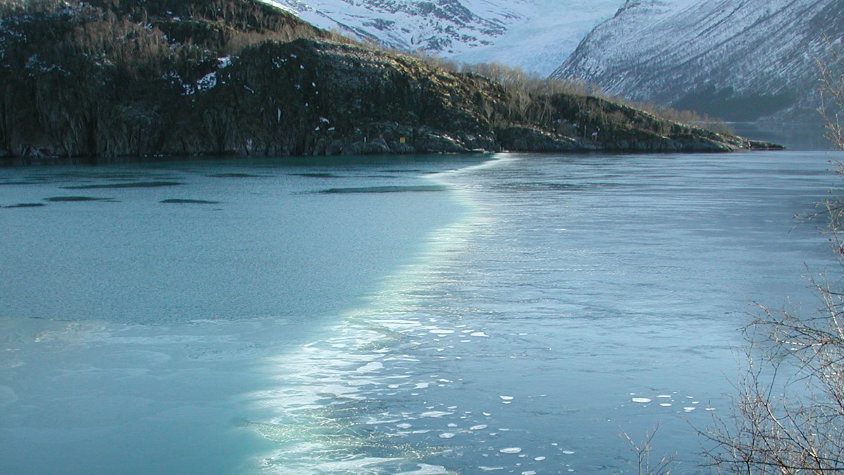
2.Extreme US weather
At the end of February 2023, massive snowstorms hit the US, leaving hundreds of thousands of households without electricity and putting California on track for a year of record snowfall.
At the same time, there were record-breaking temperatures in certain parts of the southeastern US, with some areas more than 40°F (22°C) higher than average.
What is being done?
NASA has a research project called IMPACTS, which flies planes fitted with monitoring equipment such as remote sensors through snowstorms to study their characteristics and behavior. The aim is to improve forecasting and find ways to limit their impact in the future.
There are also multiple companies, including Mercedes Benz, producing self-driving snowplows to help with clearing heavy snowfall. Swedish product development firm Semcon and Norwegian equipment manufacturer Øveraasen have built an autonomous snowplow named Yeti Snow Technology. This snowplow is designed specifically to keep runways clear of snowfall and was successfully tested at both Norweigan and Swedish airports.
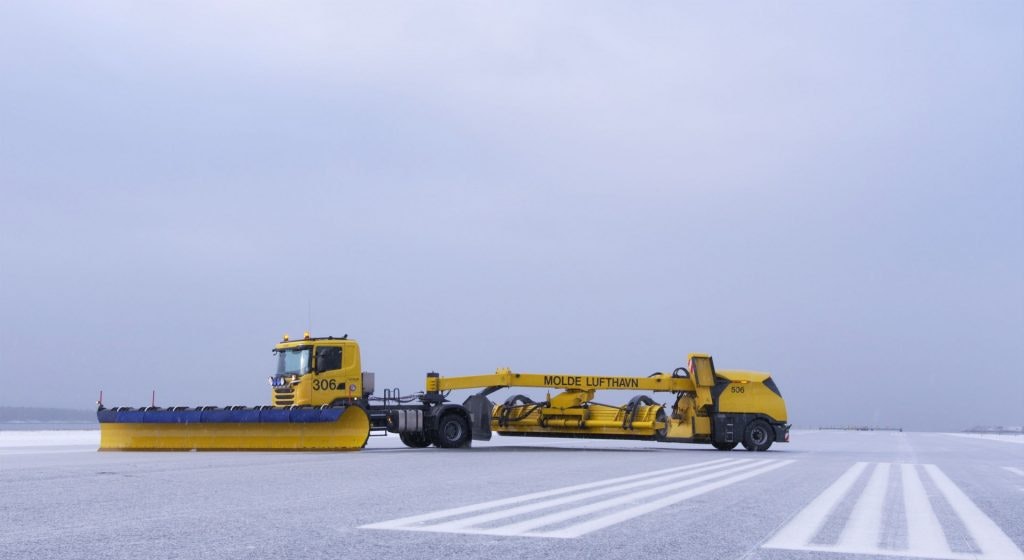
3.Eastern Australian flooding
Prior to Cyclone Ellie, eastern Australia was hit with heavy rainfall across vast areas in October 2022. The Murray-Darling basin, which includes the country’s longest river system, saw its wettest October on record. Total rainfall reached 150 millimeters — four times the monthly average and well above the record set in 1950. The flooding devastated thousands of homes and farms, wiping out crops that were almost ready for harvesting.
The flooding was part of a series of major floods that have affected eastern Australia since a period of unusually wet conditions started in early 2021. This has likely been caused by the La Niña weather pattern, which has occurred for three consecutive years for the first time this century.
The saturated ground from the flooding in eastern Australia, as well as the impact of Cyclone Ellie in the north and west of the country, will likely increase vegetation growth, which will in turn create fuel for bushfires. This may result in above-average fire potentials across parts of the country during the summer 2023 fire season.
In 2019-2020, Australia experienced its most catastrophic bushfire season. Up to 19 million hectares of land were burned, 33 people died, more than 3,000 homes were destroyed, and an estimated 3 billion animals were affected, of which 1.25 billion were killed, according to the WWF.
The fires also released chlorine into the atmosphere which further damaged the ozone layer, expanding and prolonging the hole.
What is being done to address flooding and wildfires?
Australian company Attentis has developed a high-speed monitoring network powered by artificial intelligence (AI) to give real-time information about natural disasters — including flooding, bushfires, and storms.
Putting out bushfires and wildfires of a certain size requires a huge amount of heavy equipment. Currently, this equipment is carried by helicopters and deployed by human operators putting lives at risk. The company Parallel Flight has been developing a new fleet of hybrid drones with the capacity to carry firefighting equipment. These drones are operated remotely, allowing operators to combat fires from a safe distance.
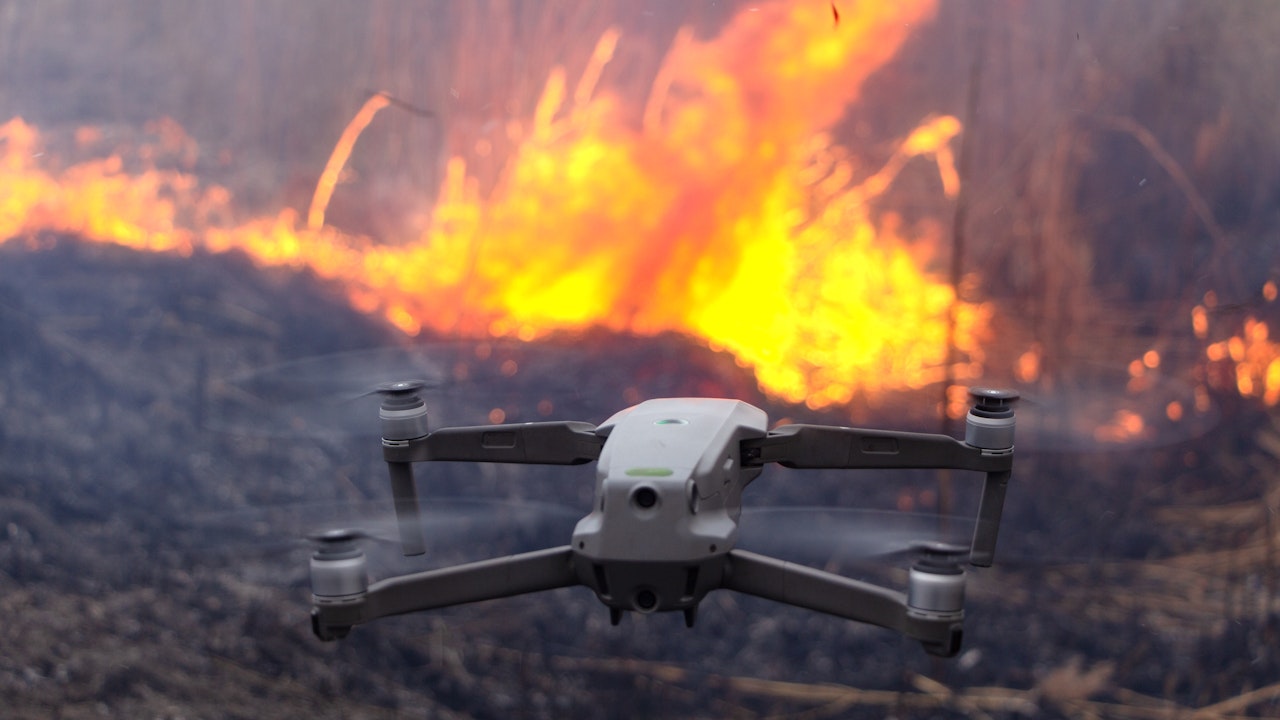
4.Droughts
Regions across North America, Africa, Europe, and Asia experienced record droughts in 2022.
In March, an early heat wave in India and Pakistan killed at least 90 people, caused forest fires in India, and fueled the rapid melting of glaciers in northern Pakistan, causing catastrophic flooding.
Prolonged heat waves caused severe drought conditions in parts of China, with sections of the Yangtze River, Asia’s longest river, falling to record lows in August. Some 400 million people depend on the river for drinking water and irrigation, with the river also providing a major source of hydropower. In China’s southwestern Sichuan province, the worst heat wave and drought in six decades saw hydropower reservoir levels plummet, resulting in severe power outages.
The Horn of Africa experienced its longest drought in 40 years in 2022 with its fifth consecutive failed monsoon season, according to the World Meteorological Organization (WMO), with parts of Kenya, Ethiopia, and Somalia among the hardest hit. The drought is exacerbating food insecurity for more than 50 million people.
Droughts in Europe in 2022 were the worst in at least 500 years, according to a preliminary European Commission report.
Meanwhile, a study published in the journal Nature Climate Change found that an ongoing “megadrought” in the southwestern US, which has continued for the past 22 years, is the worst since at least 800 A.D.
Water scarcity exacerbated by droughts and pollution is a growing problem around the world. Around 1.1 billion people lack access to water, and 2.7 billion experience scarcity for at least one month in a year, according to the WWF. Inadequate sanitation also affects 2.4 billion people.
What is being done to address water scarcity?
Seawater desalination — the process of turning saltwater from the seas into drinking water — is being developed as a potential solution to issues of water quantity and quality.
The Middle East and North Africa are at the center of the development, as countries in the region are building large new desalination facilities. However, desalination will be hard to implement in low-income countries as it is expensive and energy intensive. It also raises concerns about the disposal of brine and the long-term effects of removing large volumes of water from the oceans.
5.Southeast Asia flooding
Heavy monsoon rains caused flooding in Thailand, Vietnam, and Malaysia in 2022 and into 2023.
Ongoing flooding from December 2022 into March 2023 in Malaysia saw tens of thousands of people evacuated from their homes. Parts of southeast Asia are prone to flooding during monsoon season, but the recent floods reached an unprecedented scale for the time of year.
The previous year’s monsoon season also caused extensive damage. A tropical depression in December 2021 caused torrential downpours throughout the Malaysian peninsula for three days. The resulting floods were declared a "once in a century" disaster by government officials and left at least 54 people dead, displaced more than 71,000 residents, and affected more than 125,000 people.
Typhoons in Vietnam caused deadly floods and landslides in October and December 2022, the worst since 2007. Flooding displaced people from their homes, destroyed crops, and damaged power stations. Heavy rains in southern Thailand in December also caused deadly flooding.
What is being done to address flooding in southeast Asia?
The World Meteorological Organization (WMO) launched The Southeast Asia Flash Flood Guidance System (SeAFFGS) in August 2022, an advanced warning system for flooding in the region, helping to improve prediction and response times.
The SeAFFGS will be operated by the Vietnam Meteorological and Hydrological Administration (VNMHA), which is providing flash flood guidance and forecasts within Vietnam and will act as the regional center for Cambodia, Lao PDR, and Thailand, coordinating forecast products, data, and training.
One of the key concerns when combatting flooding is the removal of water away from built-up areas as quickly as possible. However, current drainage systems have the potential to become clogged with silt and other debris during periods of heavy rainfall. Multinational engineering company Maccaferri has developed a new drainage system using drainage geocomposites. This system wraps drainage retaining walls with fine sheets of plastic around a plastic core and mitigates the problem of clogging as there is no sand or silt present.
To learn more about technological innovations that are playing a role in combatting climate change, check out RatedPower’s resources.
Latest stories
Related posts
Technology and engineering
Innovation in renewable energy: Developments expected in 2025
We look at the 10 biggest renewable industry developments that are making a green future possible, including perovskite solar cells, green hydrogen, and more.
Updated 18 MAR, 25
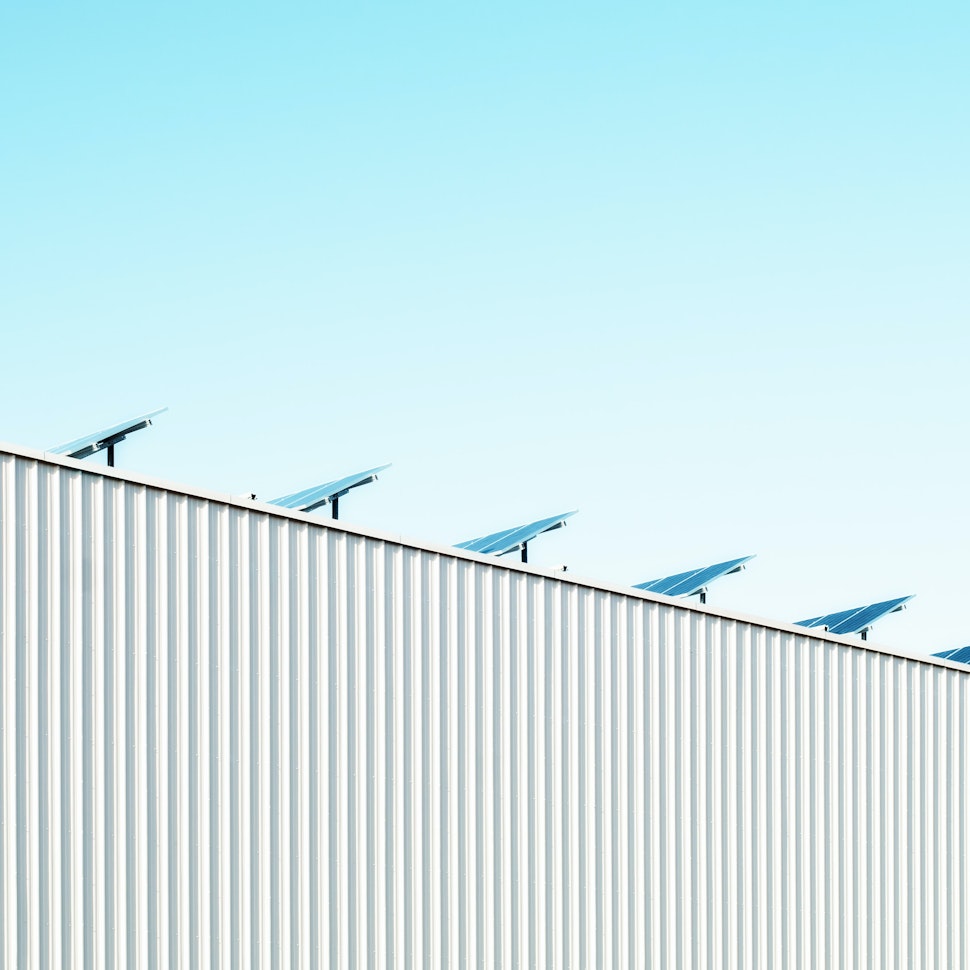
Market analysis
Breaking down solar farm costs: Free template inside
Updated 27 SEP, 21
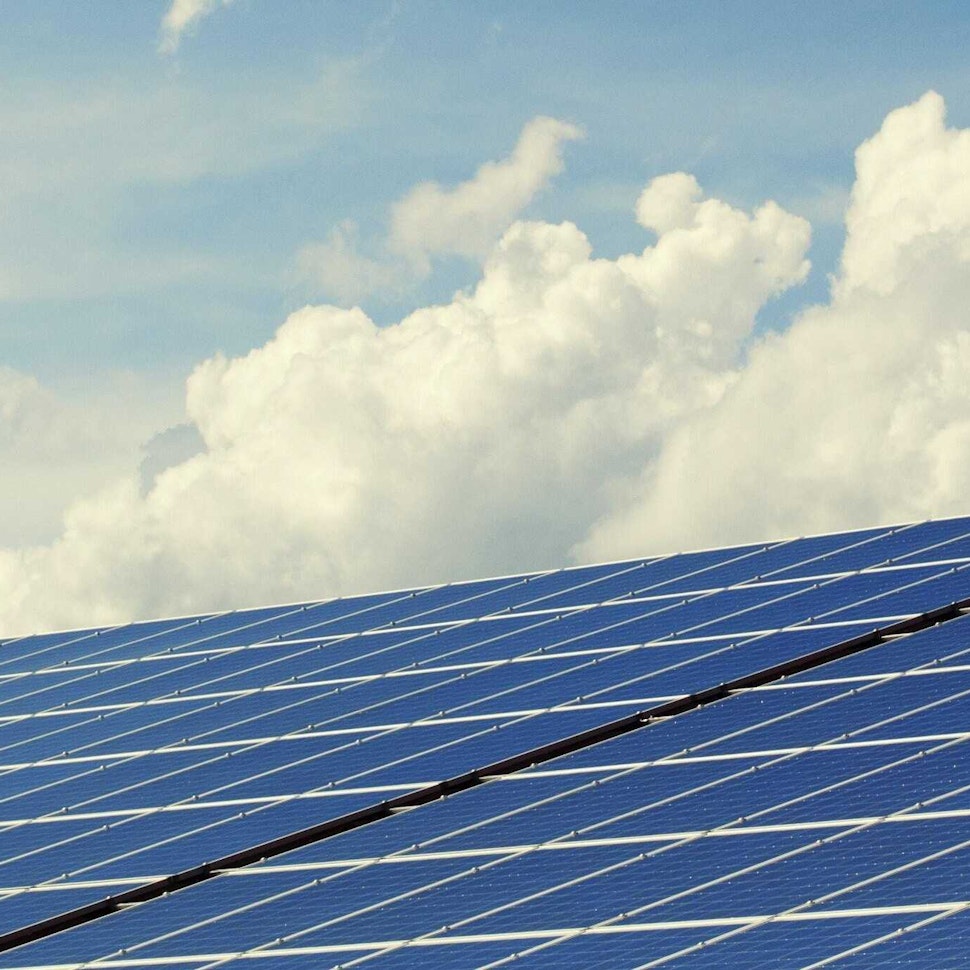
Market analysis
Solar energy in Australia: a 2021 market analysis
Updated 11 MAY, 21

- RatedPower
- Solar energy blog
- Top 5 innovations that could change our fate against climate disasters
